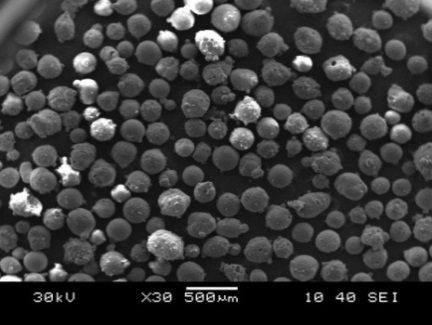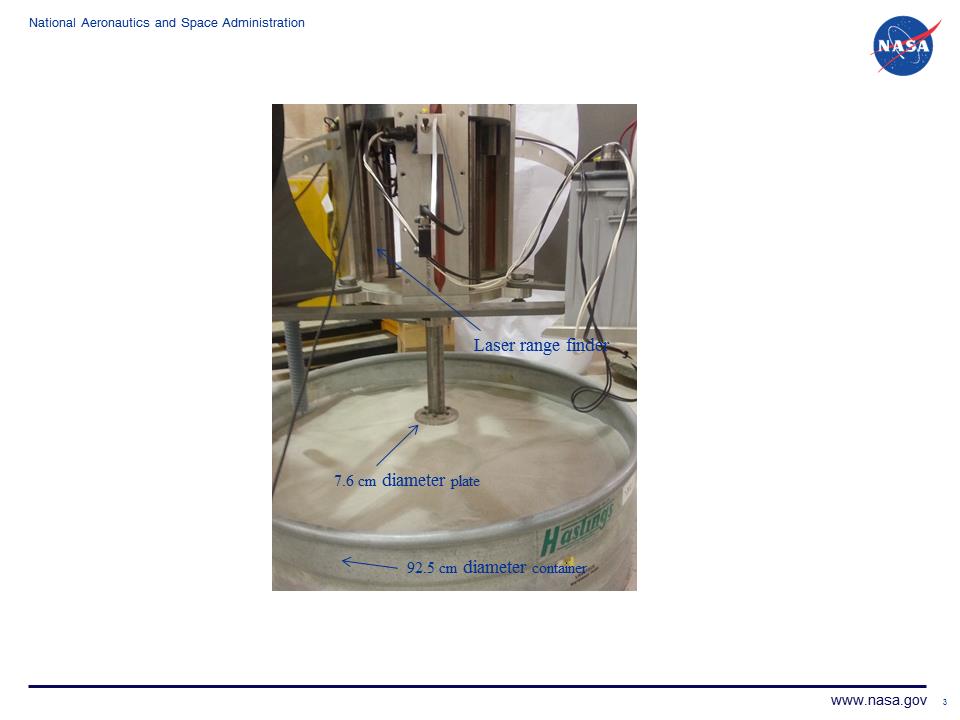
Natural and built infrastructure systems play an important role in our society. Our current research on infrastructure systems focuses on development of novel solutions to problems involving planning, design, construction, operation and preservation of the infrastructure; and make it more efficient, resilient and sustainable.
Multiscale Model-Data Fusion for Structural Health Monitoring of Fracture Critical Structures
Co-PI: None
Graduate Students Involved: Kalil Erazo and Nestor Polanco
Description: This project aims to develop a framework for structural health monitoring, diagnosis and prognosis of fracture critical structures. Fracture critical structures are those in which the failure of a single component can generate the failure of the complete system or a large portion of it. Recent catastrophic failures of these types of structures, especially bridges, have highlighted the need for a new and transformative approach to the problem. This project will develop the computational and data analysis tools necessary to continuously monitor fracture critical structures and help prevent such failures. The multiscale model-data fusion framework relies on a series of models, which represent the mechanical behavior of the structure at various scales of interest, and vibration measurements of local and global structural response. The project will develop algorithms capable of optimally combining the predictive capabilities of multiscale finite element models and sensor measurements, to reconstruct in real-time the complete response of the structure. The reconstructed response allows assessment of the current state of cumulative fatigue damage throughout the structure, thus anticipating potential damage before it reaches a critical level. The estimated damage condition, with its associated uncertainty is projected into the future and an estimate of the structural reliability can be obtained. The research involves development of computational algorithms, laboratory experiments and field validation using real data from an instrumented operational bridge in Vermont. The methods developed in this project will aide engineers to perform smarter early diagnosis and predictive maintenance of a multitude of conventional and non-conventional structural systems spanning civil, mechanical, biomedical and electrical applications.
Publications:
Erazo, K. and Hernandez, E.M. (2014) “Tracking Stress Response in Structures Using Acceleration Measurements: Experimental Validation”. Mechanical Systems and Signal Processing, 43(1–2): 41-152
Hernandez, E.M. and Polanco, N.R. (2014) “Reliability-based fatigue monitoring of structures” Proceedings of the European Workshop in Structural Health Monitoring” Nantes, France
Erazo, K. and Hernandez, E.M. (2014) “Real-time efficient state estimation in nonlinear structural systems” Proceedings of the IX International Conference on Structural Dynamics (EURODYN 2014), Porto, Portugal.
Hernandez, E.M. (2013) “Real-time monitoring of fatigue reliability of partially instrumented structures excited by random fields” Proceedings of the 11th International Conference on Structural Safety and Reliability (ICOSSAR2013), New York, NY.
Structural Health Monitoring, Diagnosis and Prognosis of Minimally Instrumented Structural Systems
Co-PI: None
Graduate Students Involved: Nestor Polanco, Milad Roohi
Description: This Faculty Early Career Development (CAREER) Program award will pioneer a novel framework to assess the safety of minimally instrumented structural systems of buildings and bridges. The ultimate goal of the research is to predict remaining life of instrumented structures with knowledge of the state of damage, of material degradation and incorporating uncertainties in the loading environment. The work will focus on two types of loading that abound in civil engineering and that share many common characteristics with other systems in mechanical/bio-medical and aerospace applications. The project will investigate: (i) seismic load induced low-cycle fatigue damage in building structures and (ii) traffic load induced high-cycle fatigue in bridges. The structural systems of buildings and bridges are large, complex and can only be instrumented with a relatively small number of sensors in relation to the total number of degrees-of-freedom. Monitoring the operational safety of these systems is a significant engineering challenge. The computational methods developed in this project will enable early damage diagnosis and future life prognosis of structural systems using minimal instrumentation. This project will integrate multi-disciplinary research, education, and broadens the participation of underrepresented groups in engineering and mathematics.The research in this project investigates a new framework for structural health monitoring of structures subjected to cumulative damage such as fatigue. This project deviates from the conventional approach of identifying damage as changes in model parameters. Instead, this project will investigate a novel framework that combines probabilistic damage mechanics and dynamic state estimation.
Thermal Response Investigation of Geothermal Energy Pile

PI: Ehsan Ghazanfari
Co-PI: None
Graduate Students Involved: Robert Caulk
Description: The performance of energy piles remains a key area of research. The initial geothermal energy pile design controls the heat transfer and thermal stresses associated with the thermal soil-structure interaction for the lifespan of the foundation. We are using numerical modeling (COMSOL) calibrated with field data to gain more insight into long-term thermal storage and stress mobilization within active energy piles.
Publications:
Caulk, R., Ghazanfari, E., McCartnery, J. (2015) "Parameterization of a Calibrated Geothermal Energy Pile Model". Geomechanics for Energy and the Environment, (In review)
Caulk, R., McCartney, J., Ghazanfari, E. (2014), "Calibration of a Geothermal Energy Pile Model", COMSOL Conference, Boston, MA, 2014
Research Project: Prediction and Mitigation of Scour and Scour Damage to Bridges
PI: Mandar Dewoolkar
Co-PIs: Donna Rizzo, Dryver Huston and Jeff Frolik
Graduate Students Involved: Ian Anderson, Matthew Brand, Lucas Howard
Undergraduate Students Involved: Sebastian Downs, Caleb Fields, Joseph Hasselman, Heath Hescock, Griffin Jones, Connor Lacasse, Elliot Maker, Albin Meli, Cameron Michaud, Trevon Noiva, Brendan Stringer, Adisun Wheelock and Roy Wu.
Description: Over 300 Vermont bridges were damaged in the 2011 Tropical Storm Irene and many experienced significant scour. Successfully mitigating bridge scour in future flooding events depends on our ability to reliably estimate scour potential, design safe and economical foundation elements accounting for scour potential, design effective scour prevention and countermeasures, and design reliable and economically feasible monitoring systems, which served as the motivation for this study. This project sought to leverage data on existing Vermont bridges and case studies of bridge scour damage, and integrate available information from stream geomorphology to aid in prediction of bridge scour vulnerability. Tropical Storm Irene’s impact on Vermont bridges was used as a case study, providing damage information on a wide range of bridges throughout the StateThis research was funded by the Vermont Agency of Transportation and UVM Transportation Research Center.
Publications:
Anderson, I. A., Rizzo, D. M., Huston, D. R., and Dewoolkar, M. M. (2017), “Analysis of bridge and stream conditions of over 300 Vermont bridges damaged in Tropical Storm Irene”, Structure and Infrastructure Engineering, http://dx.doi.org/10.1080/15732479.2017.1285329.
Anderson, I., Rizzo, D. M., Huston, D. R., and Dewoolkar, M. M. (2017), “Stream power application for bridge-damage probability mapping based on empirical evidence from Tropical Storm Irene”, Journal of Bridge Engineering, 22(5), http://ascelibrary.org/doi/10.1061/%28ASCE%29BE.1943-5592.0001022.
Brand, M. W., Dewoolkar, M. M., and Rizzo, D. M. (2017), “Use of sacrificial embankments to minimize bridge damage from scour during extreme flow events,” Natural Hazards, https://link.springer.com/article/10.1007/s11069-017-2829-z.
Howard, L. J., Anderson, I. A., Underwood, K., Dewoolkar, M. M., Deschaine, L. M., and Rizzo, D. M. (2016), "Heuristic assessment of bridge scour sensitivity using differential evolution: case study for linking floodplain encroachment and bridge scour," Environmental Systems Research, 5:20, DOI 10.1186/s40068-016-0071-4.
Anderson, I., Rizzo, D., Huston, D. and Dewoolkar, M. M. (2015), “System-wide assessment of vulnerability of bridges to scour under extreme flood events”, 7th Int. Conf. on Structural Health Monitoring of Intelligent Infrastructure, Torino, Italy, July.
Anderson, I. A., Dewoolkar, M. M., Rizzo, D. M., and Huston, D. R. (2014), “Vermont bridge scour rating analysis: looking toward utilizing geomorphic stream data”, Geo-Congress 2014 Technical Papers: Geo-Characterization and Modeling for Sustainability: pp. 2665-2674, (doi: 10.1061/9780784413272.257).
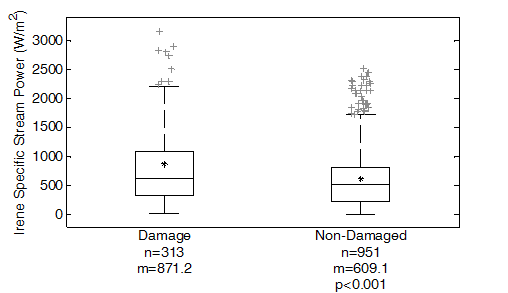
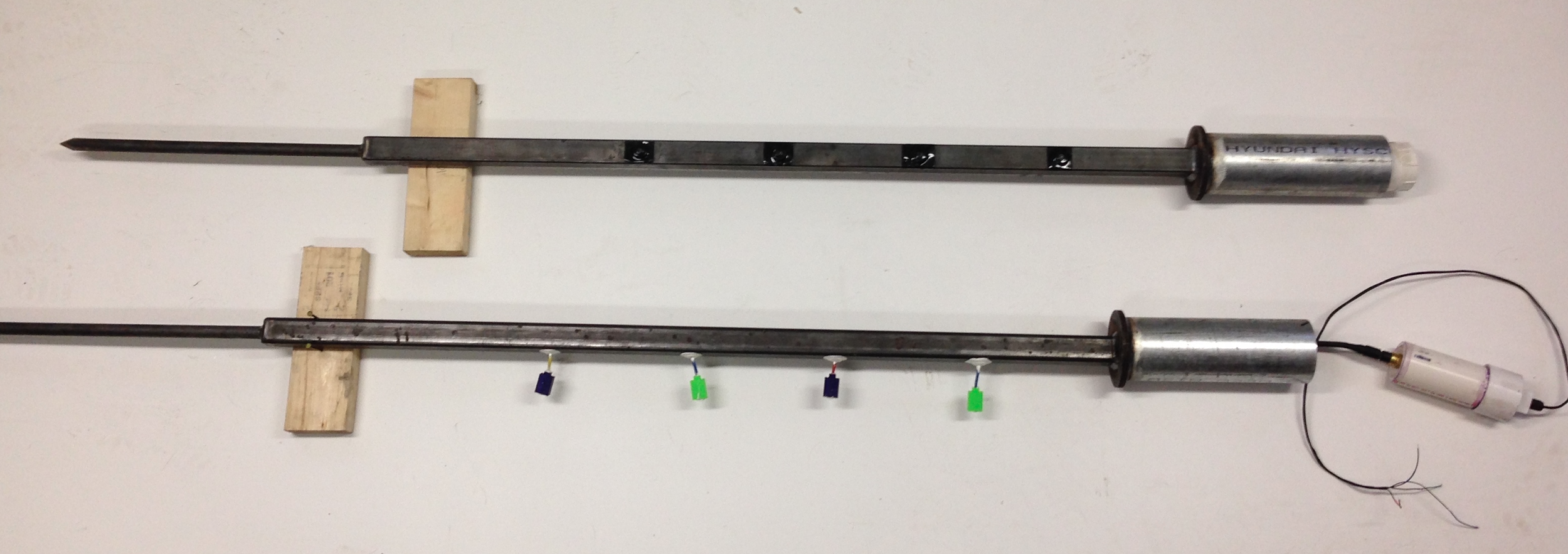
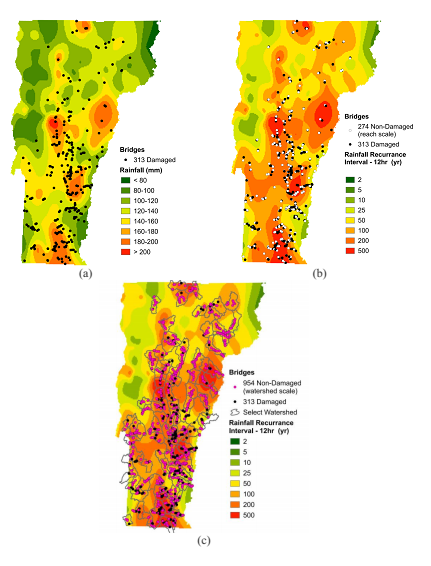
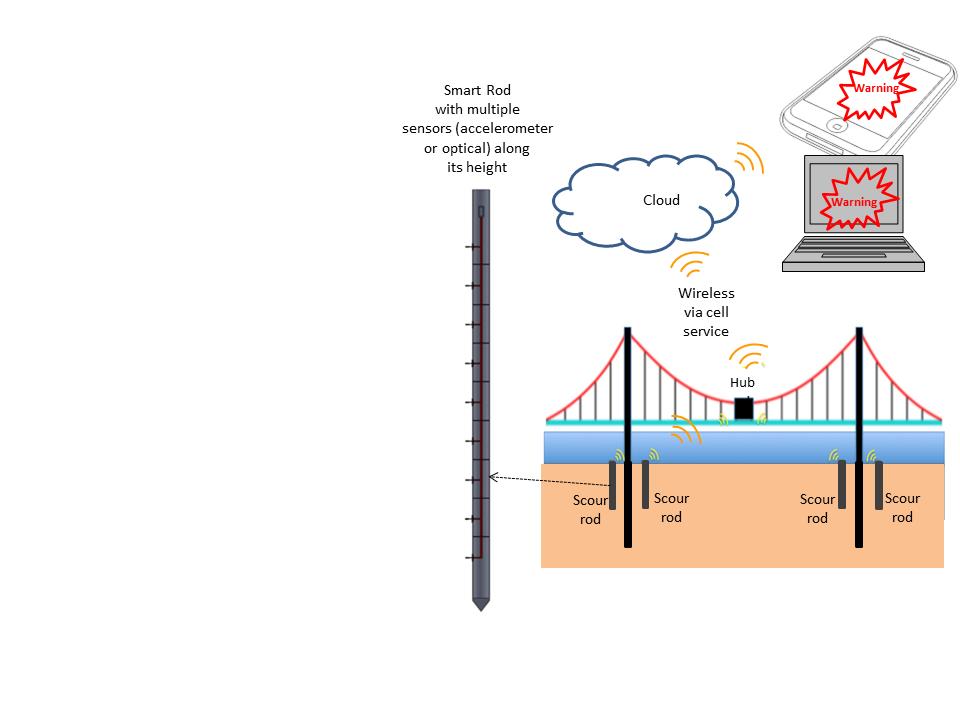
Research Project: Quantifying the Vulnerability of Bridges Subjected to Low to Moderate Seismic Loading
PI: Mandar Dewoolkar
Co-PIs: Eric Hernandez
Graduate Students Involved: John Lens
Undergraduate Students Involved: Tyler Kuehl
Description: Despite popular perceptions that earthquakes are an issue only for the western states, much of the United States is at risk owing to a lack of awareness and preparedness. Vermont has the fifth highest probable intensity of ground shaking in the continental United States after the West Coast states, eastern Utah and Western Wyoming, the New Madrid, Missouri and Charleston, South Carolina locales. The overarching objective of this research is to establish a methodology for the seismic assessment of state-wide inventory of bridges; that is, to provide a rational basis for ranking bridges according to their seismic vulnerability in consideration of variations in seismicity, foundation, terrain, and geologic conditions, and structure type, age and importance. The focus is on low to moderate seismicity. This research is funded by the Vermont Agency of Transportation.
Publications:
Lens, J. E., Dewoolkar, M. M., and Hernandez, E. M. (2015), “Seismic vulnerability of typical existing steel girder bridges in the northeast United States (NEUS)”, 2015 EERI Annual Meeting, Boston, MA, March 31-April 3
Research Project: Studies in Support of Lunar and Martian Human Habitats and In-situ Resource Utilization
PIs: Mandar Dewoolkar, Dryver Huston and Darren Hitt
Graduate Students Involved: Michael Edwards, Laura Obregon and Bobby Farrell
Undergraduate Students Involved: Joseph Maser, Juan Pablo Lattanzio, Meghan Donovan, John Draper and Sydney Kahn
Description: This project deals with potential infrastructure in extraterrestrial spaces. NASA’s Mars Exploration Program seeks to understand whether Mars was, is, or can be, a habitable world. Also, there is a strong interest in a human mission to the Moon, and new initiatives related to asteroids. As part of preparing for human or robotic missions, it would be necessary to operate rovers on, excavate in, and build on regolith (soils) on Mars, the Moon, asteroids, and other planetary bodies. This research involves characterizing simulants of lunar and Martian and assessing their suitability for in-situ resource utilization studies. Some projects have also involved developing prototype of inflatable/deployable airlock structure and a reduced gravity airborne mobility testbed. The project is funded by Vermont Space Grant Consortium and NASA EPSCoR.
Publications:
Edwards, M. B., Dewoolkar, M. M., Huston, D. R., Creager, C. (2017), “Bevameter testing on simulant Fillite for planetary rover mobility applications”, Journal of Terramechanics, 70, 13-26, http://www.sciencedirect.com/science/article/pii/S0022489816300635.
Edwards, M. B., Dewoolkar, M. M., and Huston, D. R. (2016), "Geotechnical properties of Fillite - simulant for planetary rover mobility studies", Journal of Aerospace Engineering, 29(5), http://ascelibrary.org/doi/abs/10.1061/(ASCE)AS.1943-5525.0000613.
Edwards, M., Dewoolkar, M. M., and Huston, D. (2014), "Characterization of Fillite as a potential Martian regolith simulant," Earth and Space 2014, 14th ASCE International Conf. on Engineering, Science, Construction and Operations in Challenging Environments.
Martian simulant Fillite and bevameter testing performed at NASA Glenn Research Center
